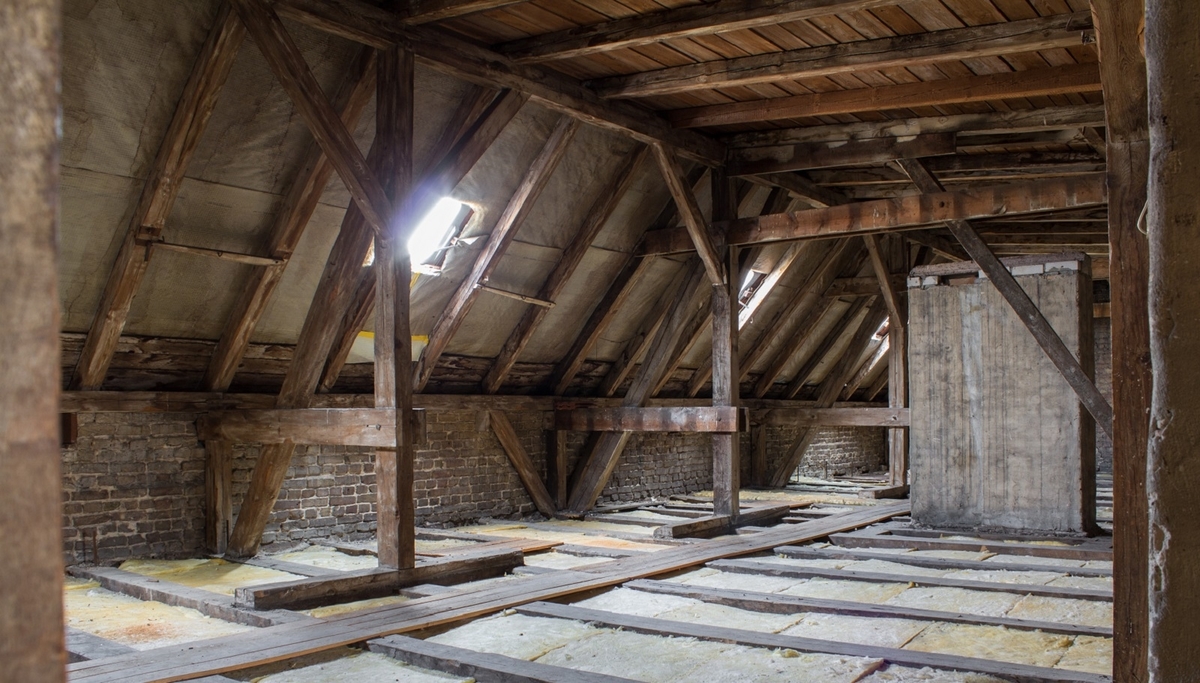Deconstruction: Un-Building for the Future

Builders build homes to last. Residential buildings may last a long time — even 100 or more years — if properly maintained. The median age of housing stock in the United States is 37 years, with homes in the Northeast (New York, Massachusetts and Rhode Island) averaging more than 50 years. At some point, most older structures will be replaced with new homes that are more energy efficient and are a better fit for the modern home owner’s needs.
Many of these older homes have components that still have valuable life. A 2007 NAHB study looked at the average life expectancy of home components and found many could last the lifetime of the home or longer.
| Home Component | Life Expectancy (yrs) |
| Brick | 100+ |
| Wood flooring | 100+ |
| Stone flooring | 100 (w/proper maintenance) |
| Concrete or cast-iron pipes | 100+ |
| Copper gutters/downspouts | 50/100+ |
| Kitchen Cabinets | 50 |
Demolition is the most common way of removing an old structure but results in the materials going to the landfill. Deconstruction is the systematic disassembly of a building. This technique can be used for some or all of a building teardown to salvage usable materials and reduce waste.
Deconstruction can take the form of:
- A straightforward stripping out of cabinetry, fixtures, doors and windows
- Taking out hardwood floors plank by plank; and/or
- Manually taking apart the building frame
These materials can then be reused for a remodeling project, installed in a new home or recycled into another product.
Some benefits of deconstruction and salvage for developers, builders and remodelers include:
- Avoid disposal costs of demolition waste
- Avoid transportation costs of waste when salvage companies remove the materials from the site
- Save money through on-site reuse of materials
- Earn money through sale of the recovered materials
- Earn points in green building certification programs such as the National Green Building Standard (NGBS)
It may take longer to carefully dismantle a home than to take a sledgehammer or wrecking ball to it, so why take the time and possibly slightly higher expense? Some jurisdictions (such as Portland, Ore.) require it for certain homes, and some may offer expedited permits. Others will not accept some construction and demolition (C&D) materials for landfill disposal.
There is also demand for these materials, particularly for wood beams, wood flooring and old bricks. Builders can gain access to old-growth wood, which is denser and may be more resistant to decay or damage than modern wood products. These wood products — doors, window frames, flooring and framing materials — can be refinished and installed in a home for another 100 years.
If you are looking to replace an older home, consider deconstruction and evaluate if it makes sense in your market. The Environmental Protection Agency (EPA) has created a Deconstruction Rapid Assessment tool to help you evaluate your project. Look for deconstruction specialists in your area to contract with if you do not want to take on the disassembly work. Find salvage organizations to sell the materials to, or connect with builders or home owners directly who are looking to give the good bones of an old house new life.
For more details about NAHB’s sustainable and green building initiatives, contact Sustainability and Green Building Program Manager Michelle Diller. To stay current on high-performance residential building, follow NAHB’s Sustainability and Green Building team on Twitter.

